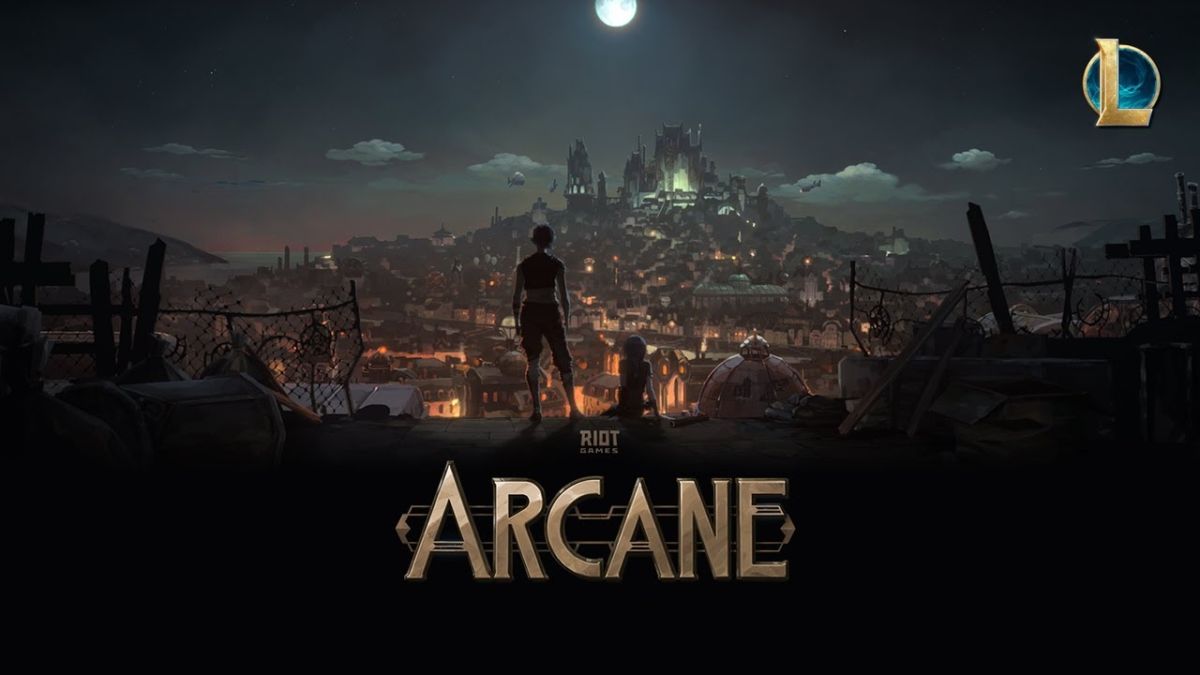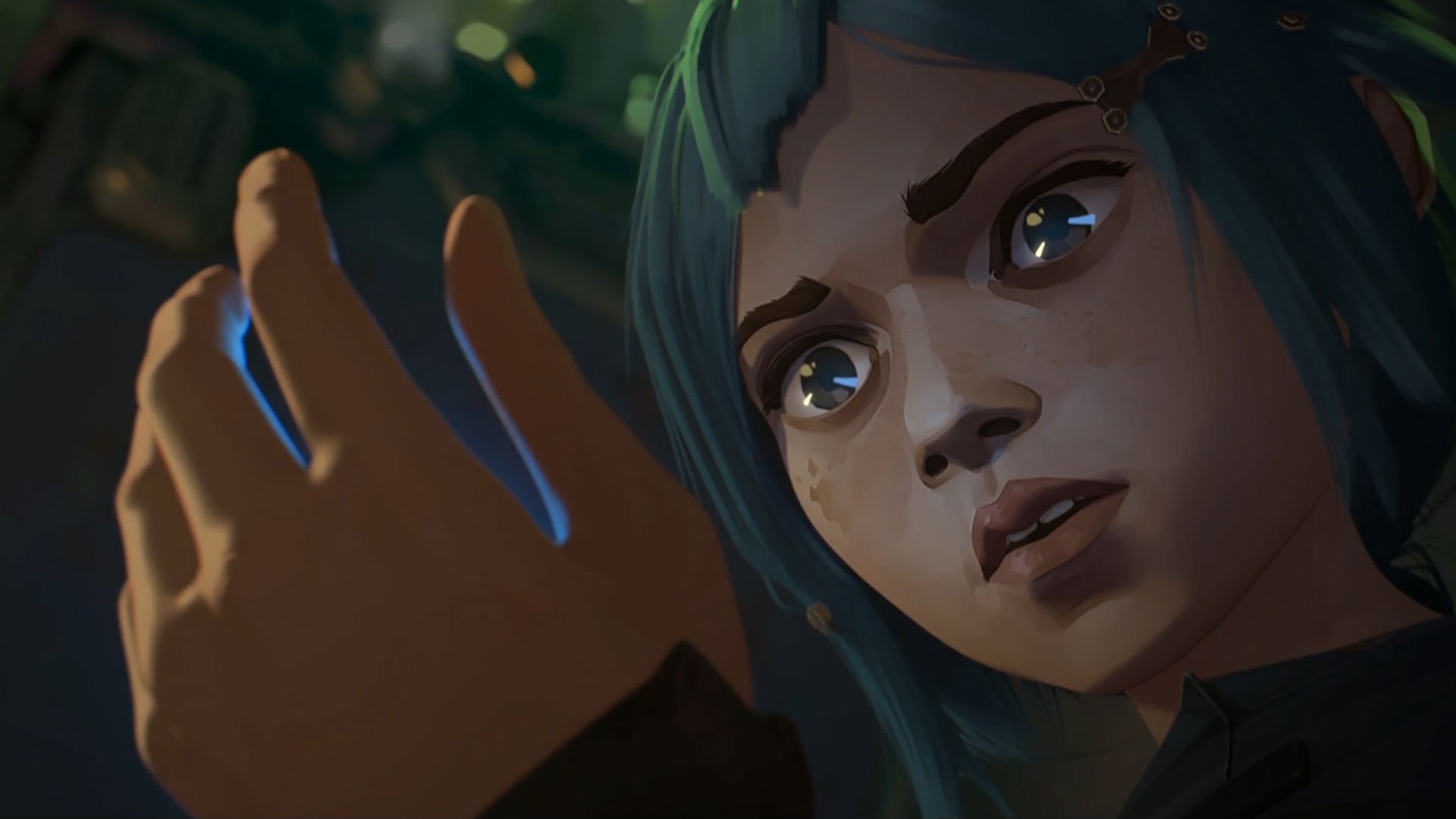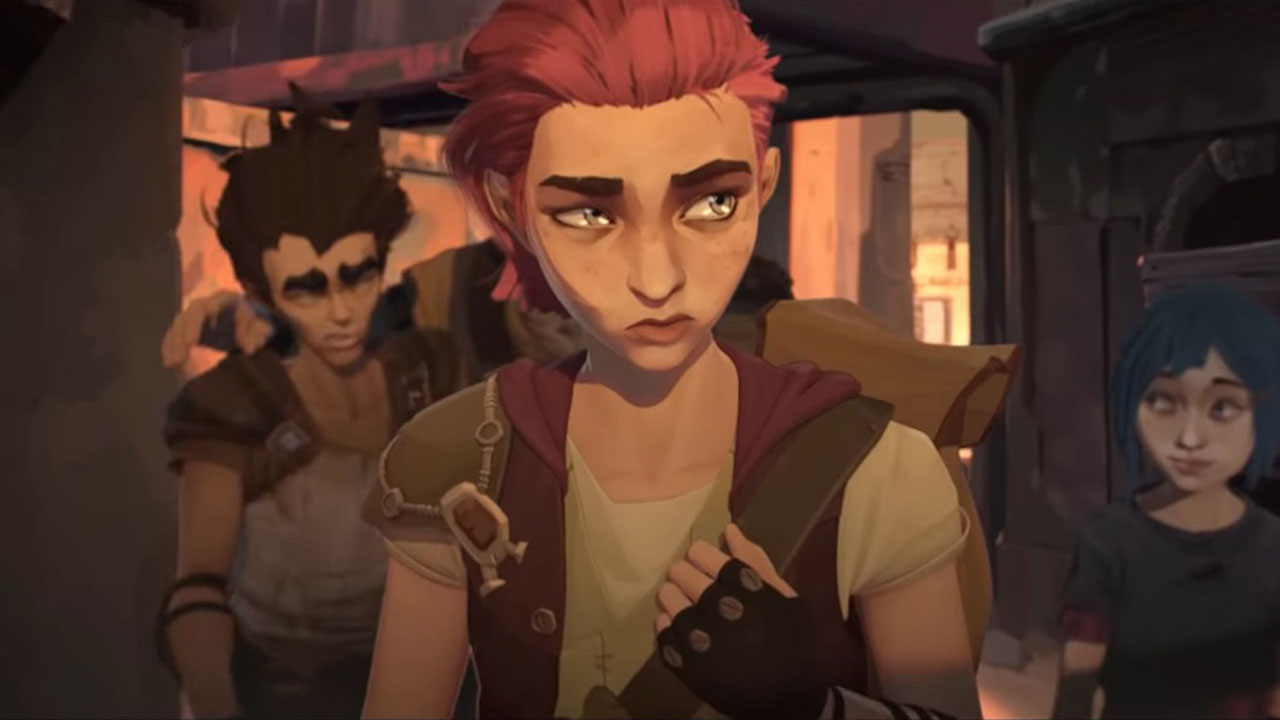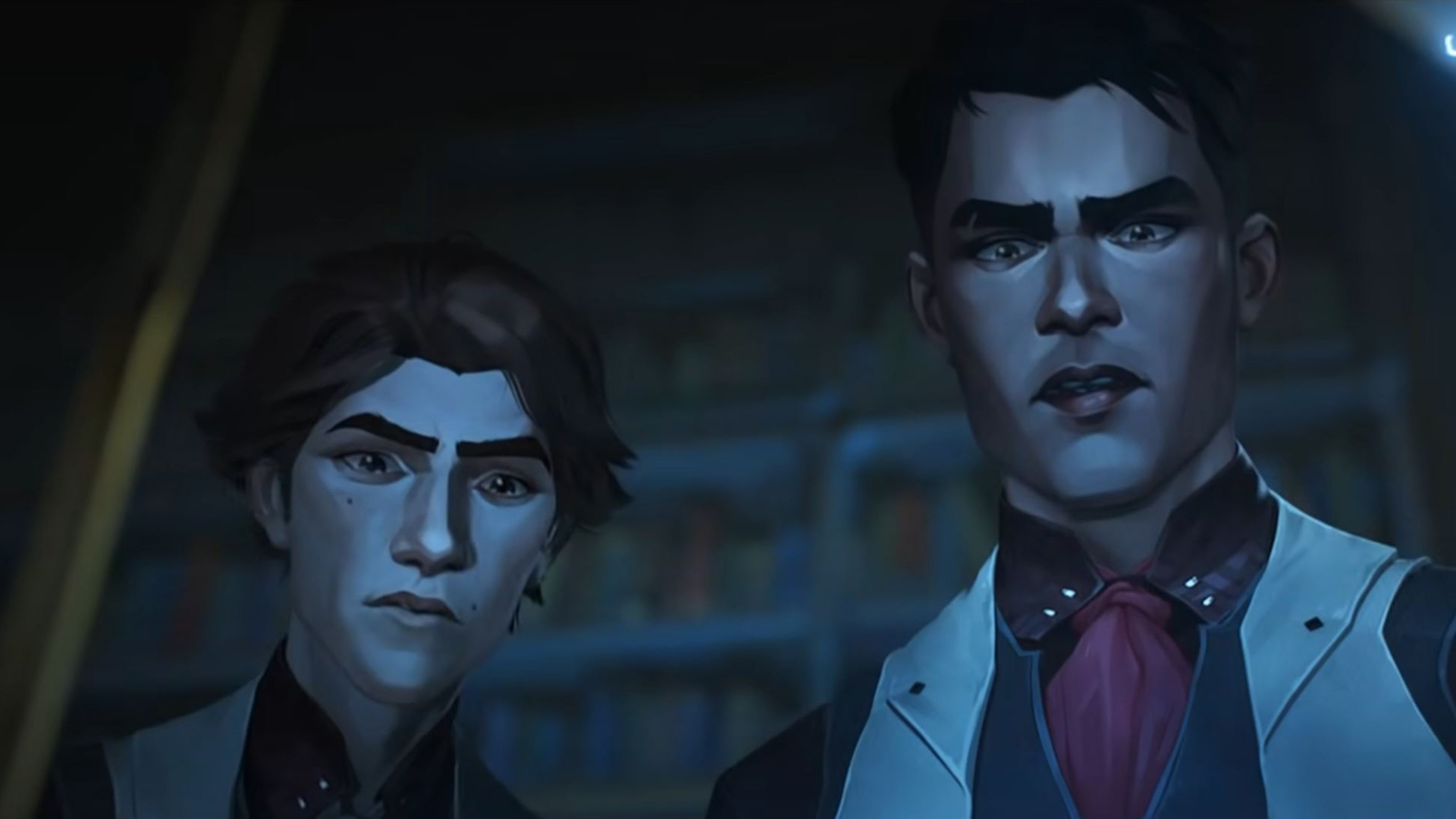Riot’s Arcane: Video game story adaptation done right

Photo from Netflix
If you haven’t been caught in the recent loop of things, Riot released their first-ever animated series on Netflix. It’s called Arcane, which follows the story of kids from the Undercity, a messy and run-down city directly situated under the progressive city of Piltover.

Riot’s first foray into animated series shocked the world with an astounding Act I of Arcane, a series based on the stories of characters based in Piltover and the Undercity, most commonly known by League of Legends players as the city of Zaun.
Today, we’ll be talking about what makes Arcane such a good story adaptation of a MOBA game, what other studios could follow. Be warned, there might be spoilers in this article, so tread carefully, summoner.
As early as 2019, Riot has already been working on the animated series, first announced in their 10-year anniversary video, along with teasers to other games like Legends of Runeterra, Project A (now called Valorant), and League of Legends: Wild Rift. So to those naysayers saying that this was a response to another MOBA-related animated series.
Now that that’s out of the way, let’s start talking about what Arcane has done right with their series.
The characters in the series are well-written. When I say well-written, I mean that none of their interactions seem forced for the sake of giving some screen time to certain known characters from the game. There are no grand introductions done to welcome the entrance of certain main characters into the scene and the story itself, it all seems to flow naturally.

Each of the main characters’ personalities really shine through, with each of having treading on gray areas rather than simply black-and-white. Vi is the protective sister who also has to deal with her own fears and demons, Vander is the protector of the city who tried to run away from a past he wishes to forget, all while dealing in secret with a Piltover Enforcer, Powder is a literal child who wishes to help and be accepted into the group for who she truly is, rather than just someone living in her older sister’s shadow. All the characters have so many stories written in them that it would be hard to categorize them as bad guys and good guys because it all depends on which side you’re on and who tells the story.
The dialogues also flow naturally and don’t make the characters sound oblivious to everything around them— the world was already long-established before the series started, and you, the audience, are thrown semi-in media res instead of having all the information force-fed to them.

The story itself doesn’t try too hard to delve into deeper topics like politics and socioeconomic differences, it flows naturally, touching lightly on those topics until they become relevant to the plot again.

So far, Act I has been nothing but entertaining and leaving the audience wanting for more. Let’s hope that this momentum continues on for Acts II and III, ending the series with a BANG.
